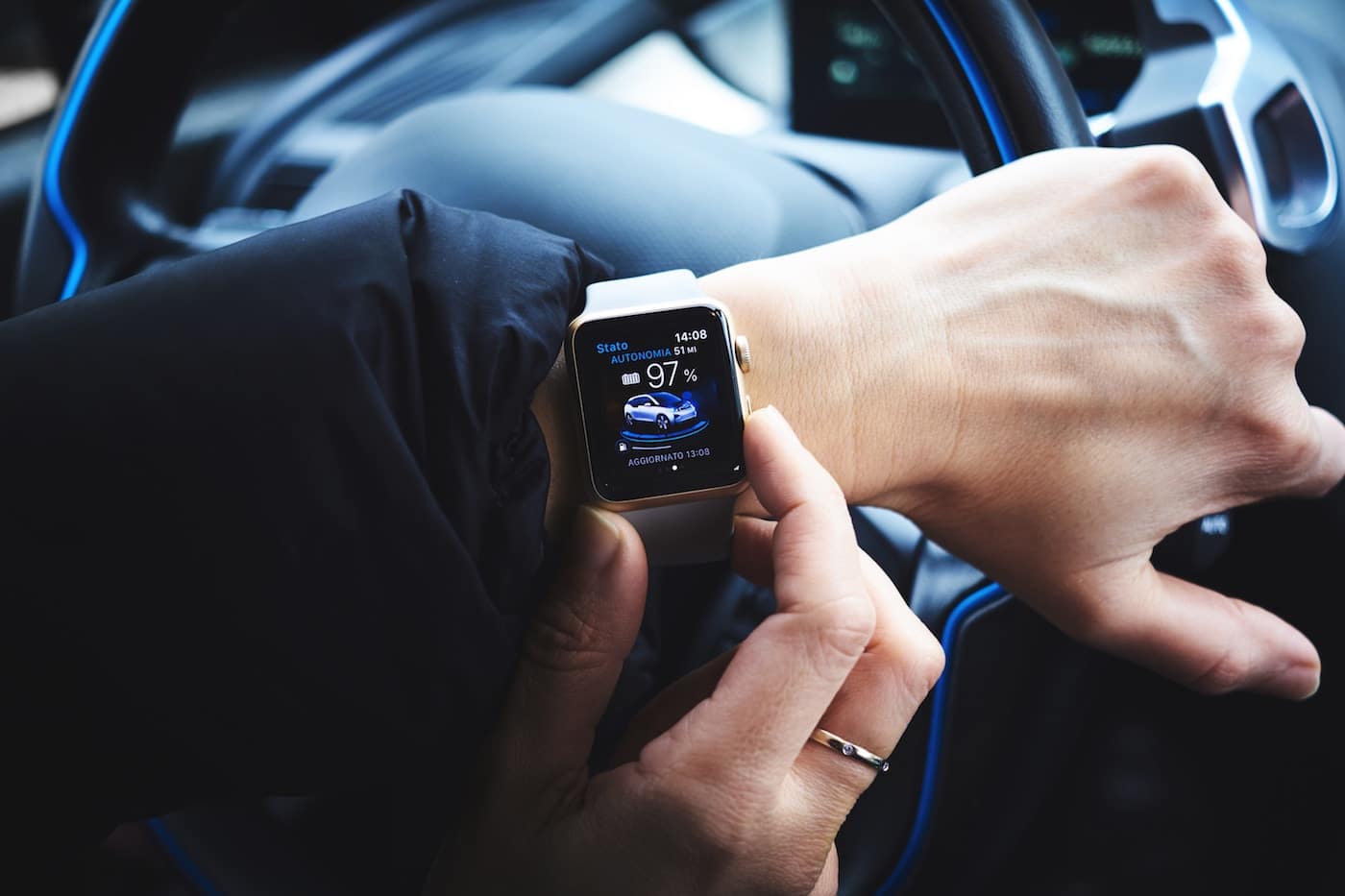4G Gave us Uber, Snapchat, and Facetime – What Will 5G Make Possible?

The 5th generation of mobile broadband connection is fast. Like, really fast. Ten times faster than some of the best 4G connections today, and making 5G available to us all is causing a lot of controversy.
First, you’ve got Huawei, the state-owned Chinese telecom company with some of the best and cheapest 5G equipment available on the market. Americans are concerned that China is using Huawei to take control of internet connections, therefore giving the government the ability to use all of that data to its advantage. That’s slowing everything down, because tense trade negotiations mean that companies are less likely to be making big investments in equipment that may become illegal at any minute. It’s also meant that cooperation across international lines has become less fluid, with the various nations aware that they may need to take their ball and go home.
Next, you’ve got the actual battle for technology. So far, it’s not looking good for the States – there are only 2 cities in America with 5G right now (Chicago and Minneapolis) and, even then, access is pretty limited. Compare that to 225 places with 5G in Switzerland, Korea who’s had 5G since 2018, and many Middle Eastern countries that are rolling it out as we speak, and you start to see that the US has a long way to go to catch up.
Most importantly, when the lightning-fast connections become available they will definitely change the way that they we use our phones, and it’s just as certain that there’s no way to know how that will be. The jump from 3G to 4G made Facetime possible. It also allowed us to start building Augmented Reality apps like Snapchat and Pokemon Go. It brought 4K video to our phones, and even created the conditions for Uber to become as popular as it has.
There are as many predictions about 5G as there are blogs out there, so I’ll stick to what we know:
- Gaming is going to be nearly seamless on mobile – you’ll be able to play any game, anywhere, any time. Where’s the mouse and keyboard? When your phone and sync perfectly with your VR headset, there’s not need for them.
- Product demos and information are going to take a massive step forward. The retail experience is going to get really interesting, as hologram-style demos become possible and the physical world can be enhanced by the virtual one.
- Everything can be connected to everything. Right now your smartwatch can batch-upload your health data to your phone, which then relays it to the cloud and processes reports for you. A 5G world is one where watches, phones, cloud servers, and the devices around us communicate in real-time, sharing much more than heart rates and altitude.
- The customer experience will become more important than ever. Best Buy figured this out in the 4G world. They looked at how customers were using retail spaces to window shop, then buy on Amazon, and they leaned into it. Instead of hiding that information, they embraced the fact that people wanted to go and learn and experience things for themselves before making a purchase decision. In the same way, grocery stores, clothing retailers and hardware stores should all be thinking about how their customer experience can enhance the way that people are going to shop in the 5G world.
As with every major leap forward, the companies that benefit are going to be the ones that start with curiosity. They’re going to ask their customers how their lives are changing, and they’re going to work with the technology to enhance what already makes them great companies.
3G’s mobile social media made brands that had invested in their communities more powerful by enabling them to be even more connected.
4G’s live chat made strong customer service brands stronger, and it allowed brands with great stories to tell them in a richer way through high-resolution video.
5G is going to be about the combination of physical and digital worlds. When large volumes of data can flow seamlessly from our mobile devices, then the greatest advancements are going to be in the ways that our devices enhance our interactions with the world around us, as long as the politicians can stop arguing long enough to let it happen.


